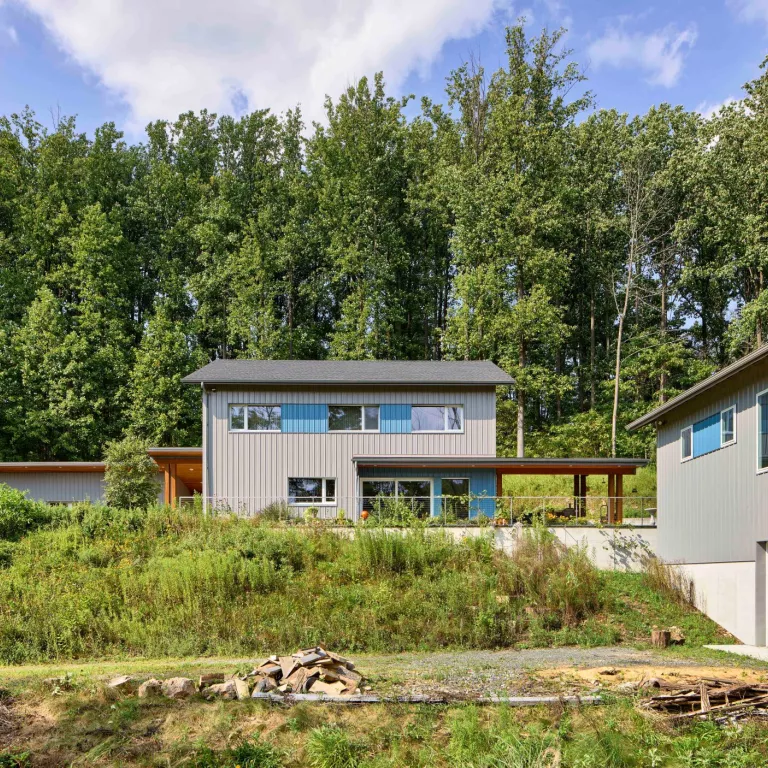High-Performance Enclosure
Continuous insulation throughout the entire building enclosure helps to reduce a buildings heating and cooling needs and improves comfort.

Passive building is a set of design principles for attaining a rigorous level of energy efficiency while also creating comfortable indoor living spaces. These principles can be applied to all buildings, including single-family homes, multifamily apartment buildings, schools, skyscrapers and more.
These are the core concepts behind the holistic Phius passive building standard, creating structures that are better for people and planet.
Thermal control helps keep the inside warmer when it's cold outside, and cooler when it's hot outside — to maximize comfort and energy efficiency.
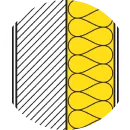
Continuous insulation throughout the entire building enclosure helps to reduce a buildings heating and cooling needs and improves comfort.

Thoughtful, thermal-bridge-free enclosure design eliminates "cold corners," minimizes risk of mold growth on the interior, and improves comfort.
Passive buildings achieve air control by air sealing the enclosure and then providing balanced, mechanical ventilation to achieve superior indoor air quality.
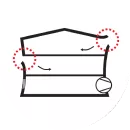
Airtightness is cornerstone to passive building design for both durability of the enclosure as well as energy savings achieved by minimizing infiltration of outside air and loss of conditioned air.
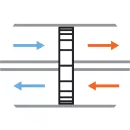
With an airtight enclosure, continuous, balanced ventilation is absolutely critical to indoor air quality (IAQ). Passive buildings continually exhaust air from bathrooms, kitchens and other areas with stale air and supply fresh air to living and working spaces.
Controlling solar radiation is key for optimized design and preventing overheating in passive buildings. Phius-optimized buildings balance solar radiation — taking advantage of it when needed and shading when not to lighten the cooling load and maximize energy efficiency.

Passive buildings employ high-performance windows (double- or triple-paned windows depending on climate and building type) and doors with additional focus on proper solar heat gain and orientation in design.
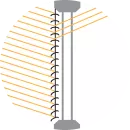
Appropriate shading strategies exploit the sun's energy in the heating season and minimize overheating during the cooling season. Daylighting can be a critical passive strategy to reducing lighting loads in non-residential buildings and improving indoor environmental quality (IEQ).
Passive buildings require special attention to moisture control both in proper vapor and moisture control design for the enclosure as well as the mechanical systems needed to maintain appropriate moisture levels in the space.
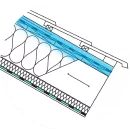
High performance enclosures in passive buildings require attention to detail when it comes to appropriate vapor control design.

Proper mechanical system selection and commissioning is critical to maintaining comfortable and safe moisture levels inside passive buildings.
Passive design is a holistic approach that takes every last factor into account, down to heat emissions from appliances and occupants. The best way to build passive is the Phius standard and accounts for the overwhelming majority of passive buildings in North America.
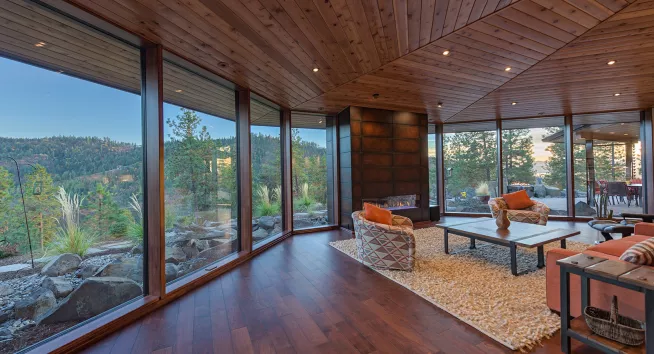
Superinsulation and airtight construction means you're always comfortable, no matter the weather outside.
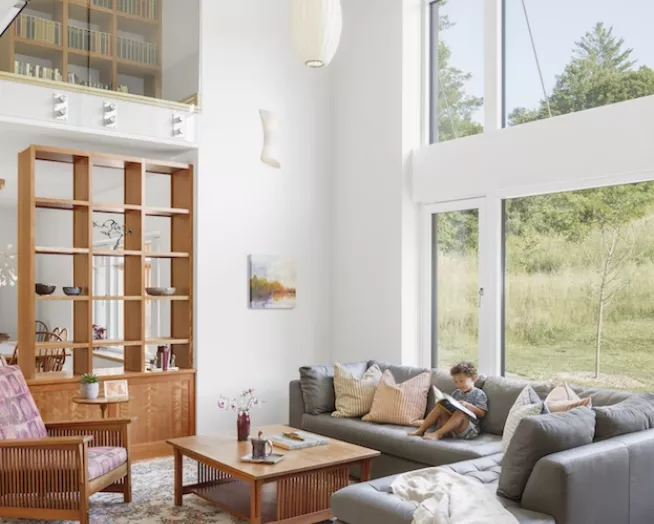
Breathe continuously ventilated, filtered air. Reduce contaminants. Prevent mold.
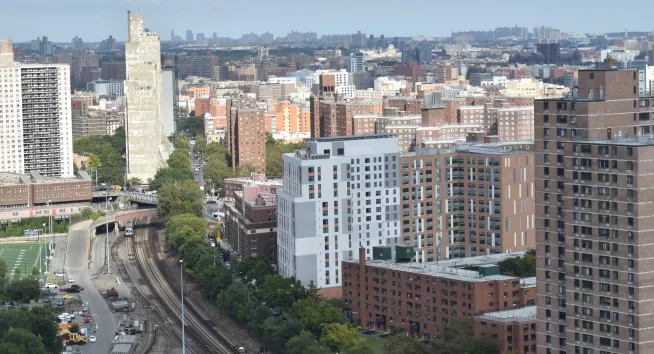
Large buildings can achieve certification more easily thanks to efficiencies of scale, and carry lower cost premiums than smaller ones.
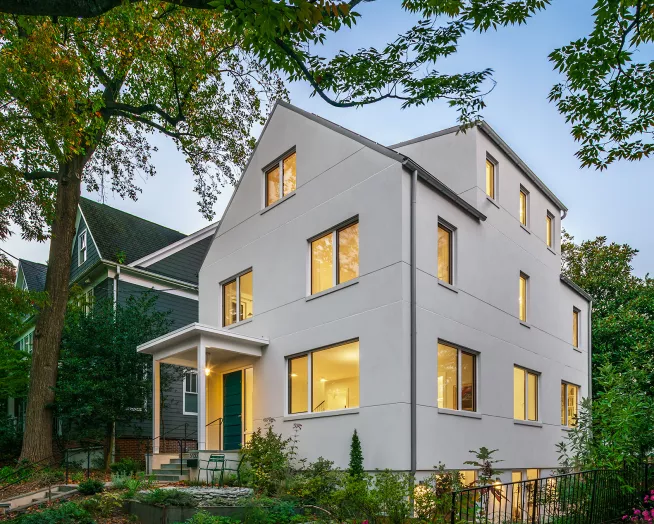
Phius' comprehensive approach to design, construction and quality assurance results in buildings that are resilient and built to last.
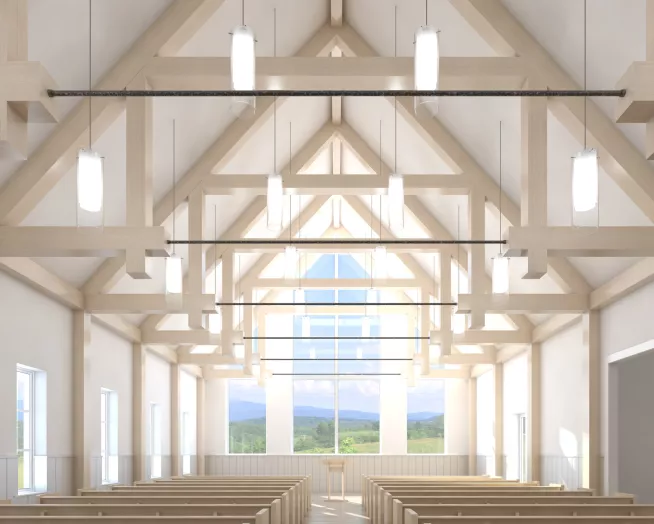
Being in a Phius building is like driving a luxury car: outside noise is nearly non-existent.
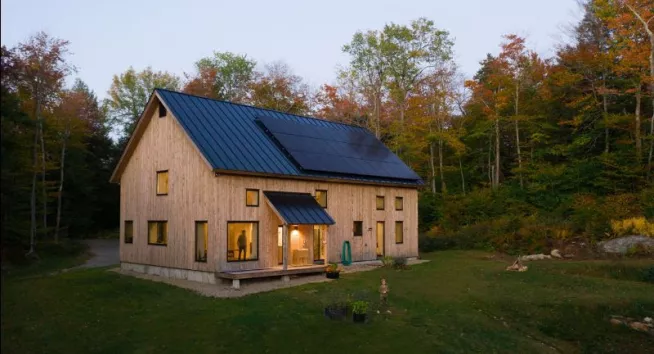
Passive building principles offer to best path to net zero and net positive buildings, because they are built correctly from the start, reducing the renewables load.
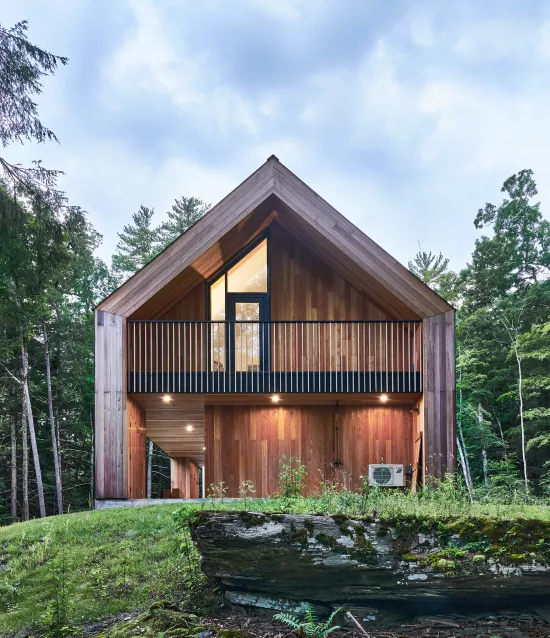
The self-paced Passive Building Foundations Training offers an introduction to the basic principles of passive building and Phius. It is ideal for anyone without technical training who is interested in what passive building has to offer. Those who complete the course and pass the exam are recognized as Phius Associates.
Building to the Phius standard costs only 3-5% more than conventional building methods.
Phius-certified buildings perform up to 85% better than conventional buildings.
